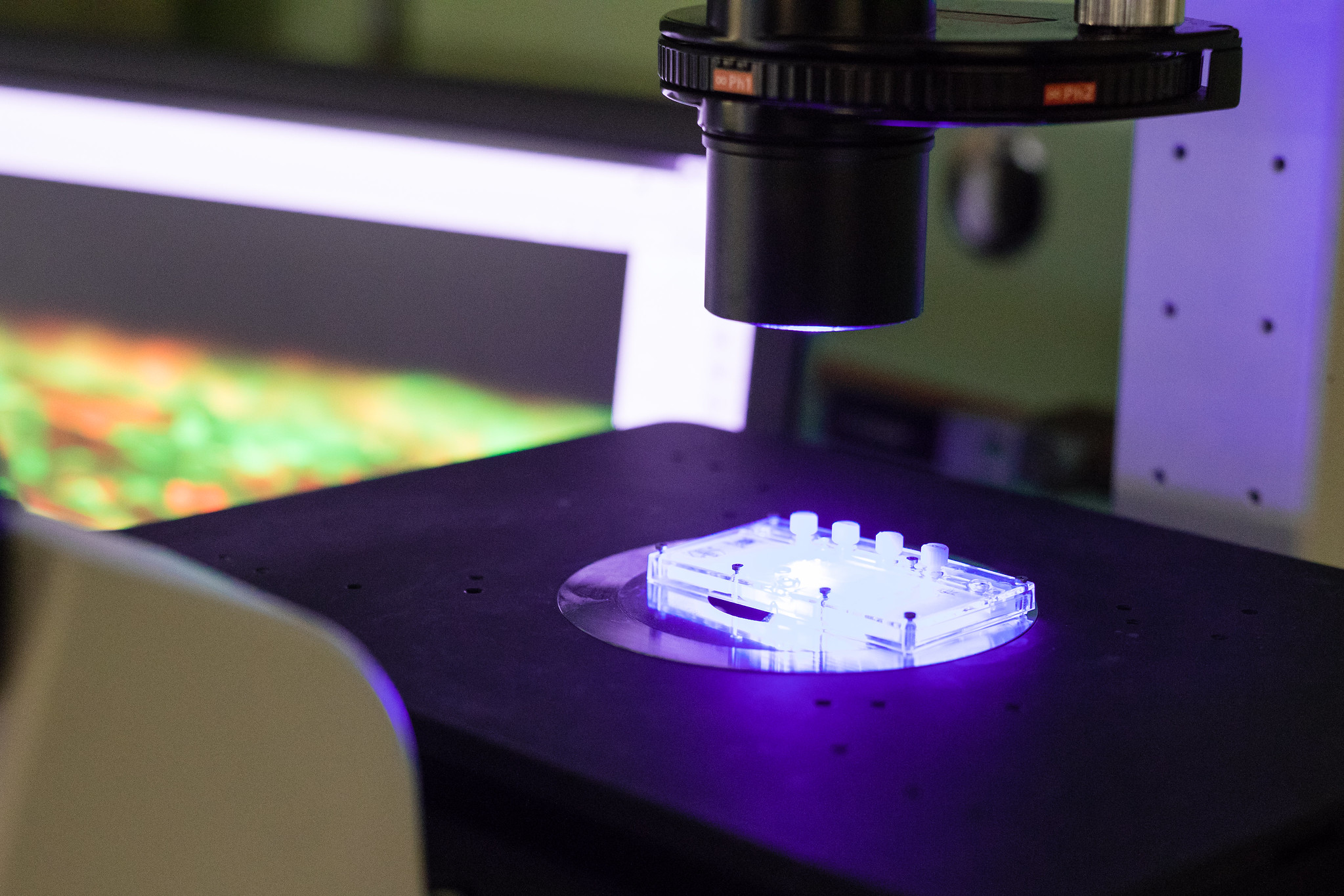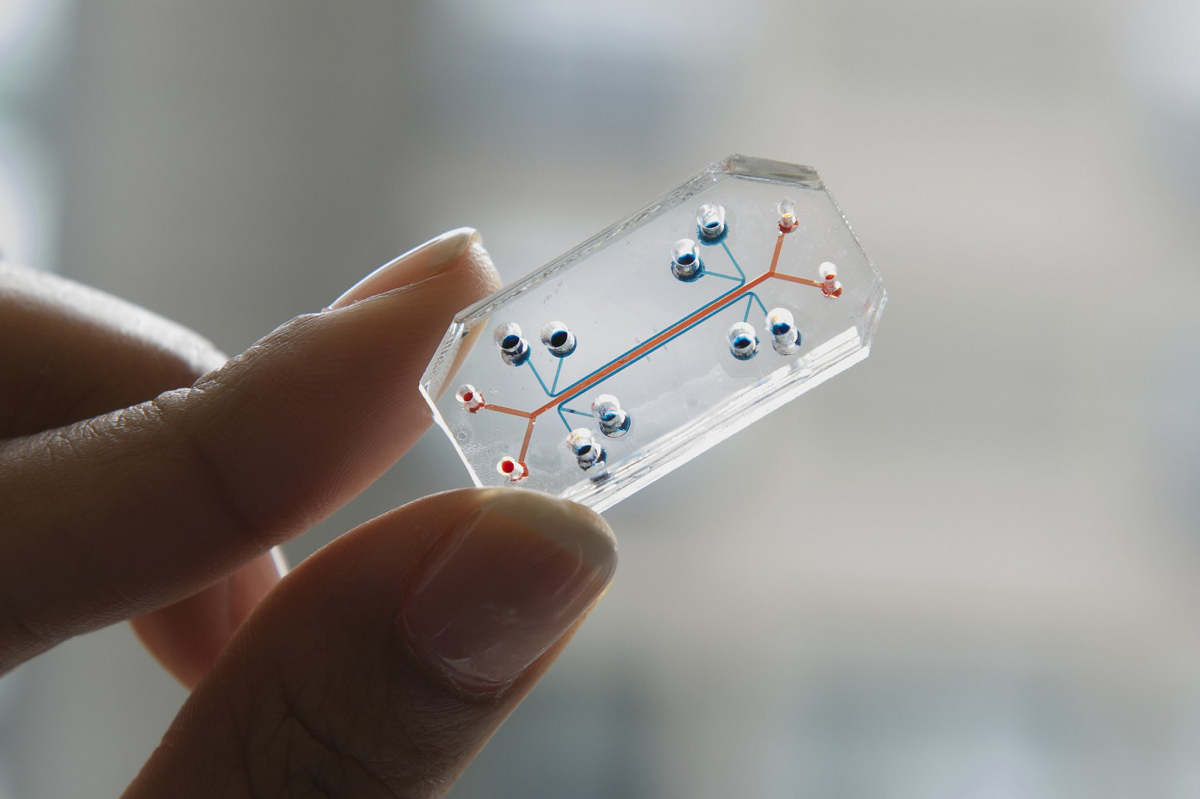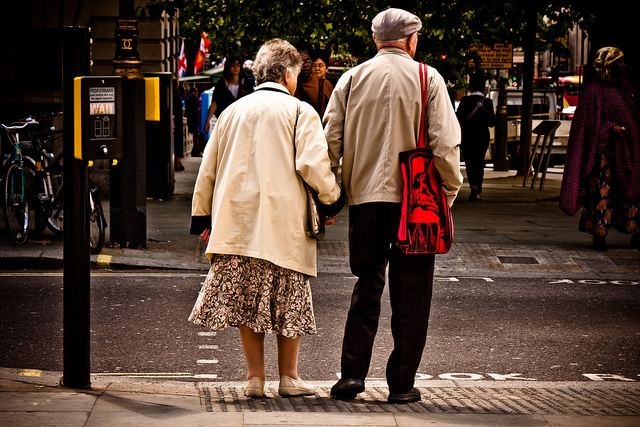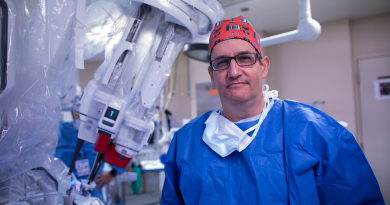‘Tissue chips’ could reveal health risks of deep-space travel
Fifty years ago, NASA launched the Apollo program, which landed a dozen Americans on the moon. Nowadays, NASA is not only eying another moon landing, but scientists are exploring the possibility of deep space exploration.
However, before humans can take the 140-million mile trip to Mars, researchers continue to ask this question: How does long-term space travel impact overall health?
The National Institutes of Health (NIH) are scheduled to launch 3D microphysiological systems, or tissue chips, to the International Space Station Lab on May 3. For the Translational Research Institute for Space Health (TRISH) at Baylor College of Medicine, tissue chips are a breakthrough in understanding how deep-space exploration can affect human health.

Credit: University of Washington and the National Center for Advancing Translational Sciences
Understanding tissue function
Also called “organs-on-chips,” these bioengineered devices create complex, life-like models for small regions of human organs, such as the kidneys, lungs and blood-brain barrier.
When launched into space, researchers can more accurately detect how the human immune system and body react to the exposure of the microgravity environment in space.
“TRISH is interested in using these technologies to understand space radiation and tissue function in microgravity, which astronauts and crew are exposed to,” said Kristin Fabre, Ph.D., a senior innovation scientist at TRISH and one of the early founders of the NIH tissue chip program. “Not only can we use this as a human analog, but it could help us come up with novel countermeasures to the health risks present in space.”

This is the first time a human-tissue model is being used to understand what happens to humans when exposed to space’s environment for long periods of time. This research will further what scientists already know about the impacts of space travel and human health, such as aging and weakness from muscle and bone loss due to low gravity.
“For the longest time, we’ve only been using animal models and basic tissue culture to understand the impact of radiation on human tissue,” Fabre said. “Tissue chip models will provide novel tools to researchers to test ways to protect human tissue from space radiation and from prolonged periods of microgravity while making sure our crew is safe and sound on their mission.”
Space travel and eye health
TRISH also is interested in using tissue chips to study spaceflight-associated neuro-ocular syndrome (SANS), which is a visual impairment condition that astronauts may experience while in space.
“This is just one example of how we can use these technologies for deep-space exploration and biomedical research,” Fabre said. “Currently, much research has been done to understand diagnosis and monitoring of SANS, but little to no research has been done using human tissue to understand mechanism and cause.”
On April 26, TRISH selected two tissue chip projects using eye tissues that will help fund the further study of SANS. The first project by AxoSim will support building an “optic nerve-on-a-chip” and the second by University of North Texas will use a 3D model to study what happens to the posterior segment of the eye.
Future research using tissue chips
The tissue chips program began as collaboration between ISS National Lab and the NIH’s National Center for Advancing Translational Sciences. Tissue chips are being used for translational research by other institutes, including drug development and new ways to treat diseases like arthritis.
“Researchers are not just thinking about tissue chips for drug development but also for disease models,” Fabre said. “For TRISH and NASA, we believe we can use these types of technologies to really understand what happens to human tissue in the context of deep-space research. It is exciting because this really hasn’t been done before.”
Although there will be some online studies while the tissue chips are in space, they will not be fully analyzed until returning to earth.
“TRISH is excited about leading these types of technologies and partnering with NASA, radiation biologists and tissue chip developers to answer some questions that we think are going to help us toward our goal of getting to the moon, Mars and beyond,” Fabre said.
Fabre is an assistant professor in the Center for Space Medicine at Baylor.
-By Kaylee Dusang



